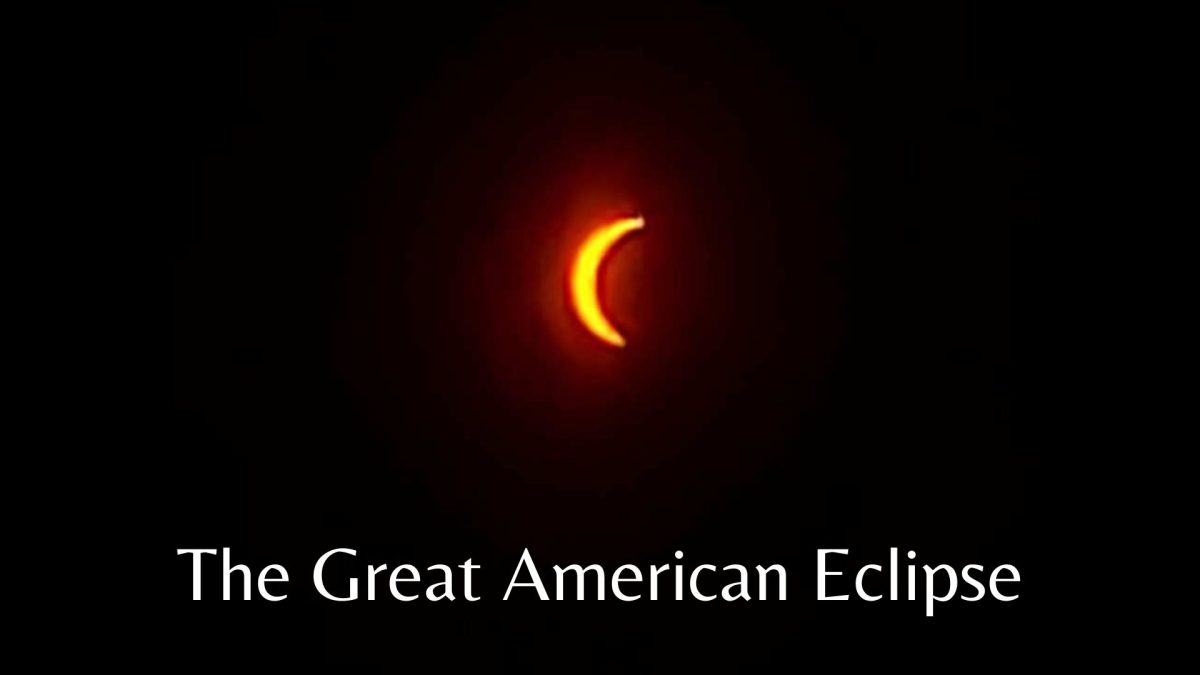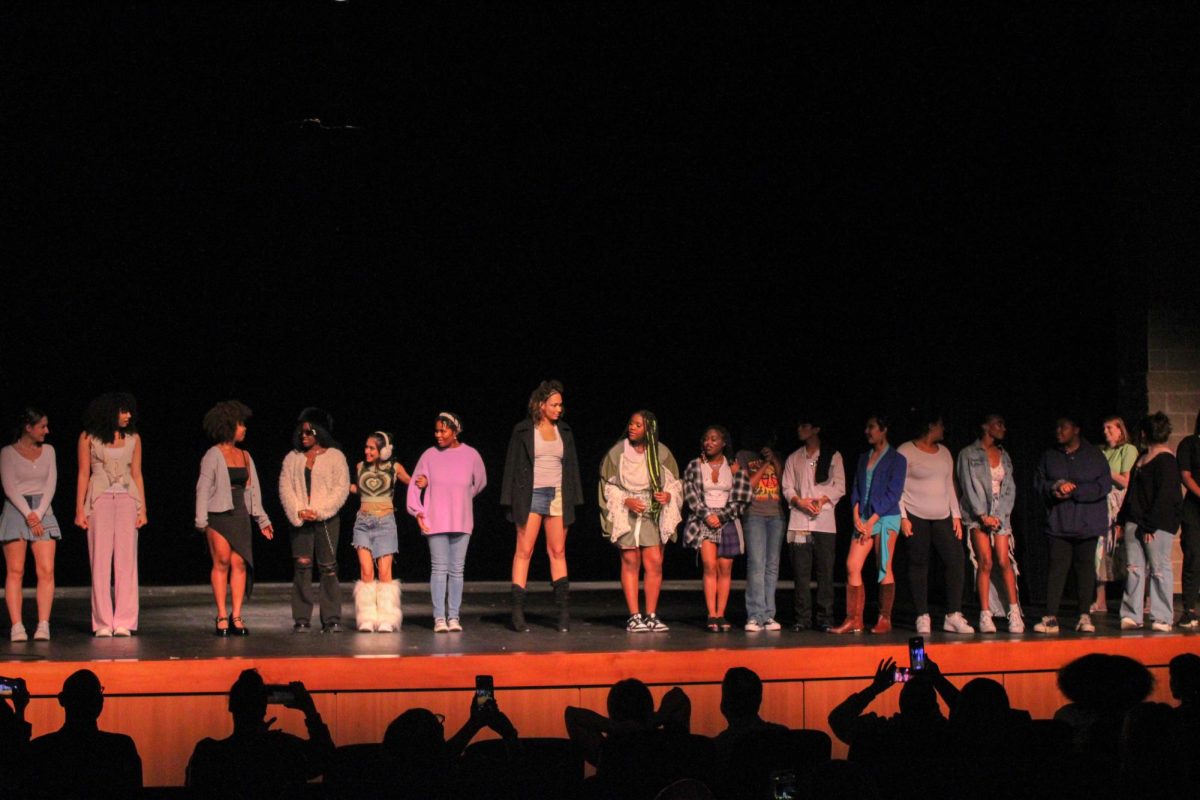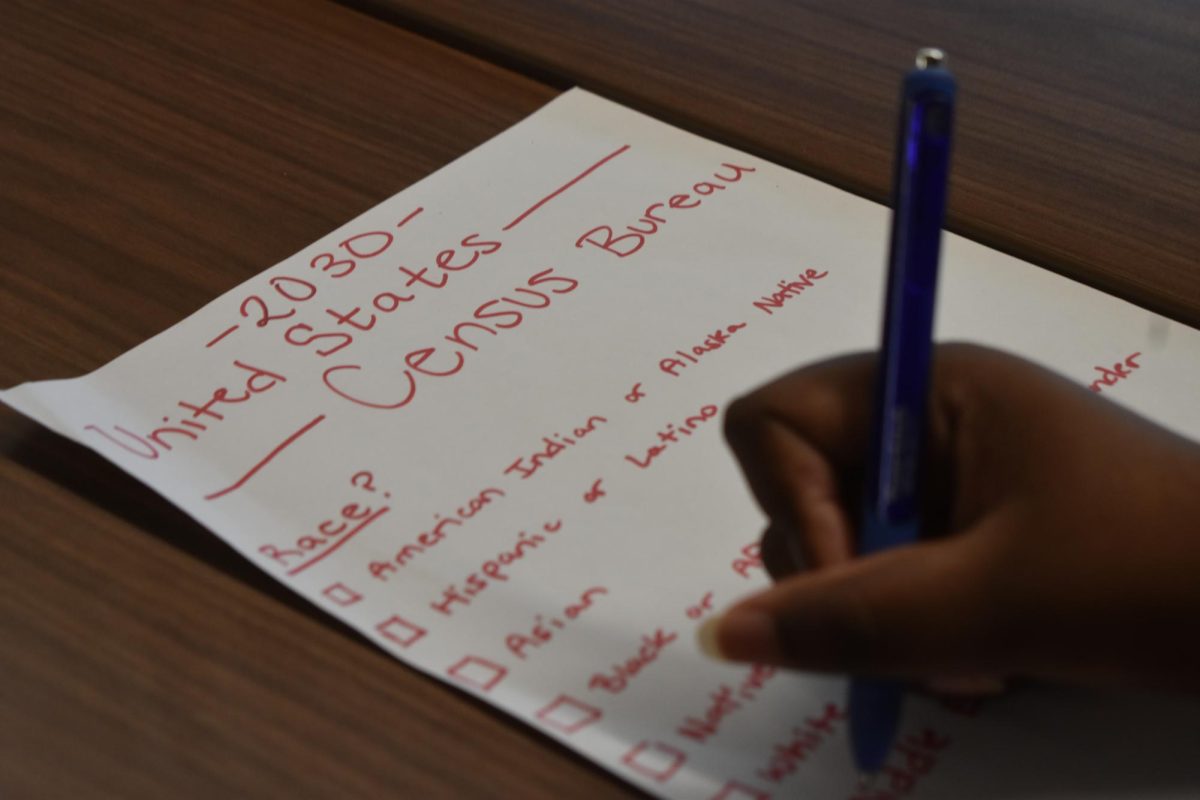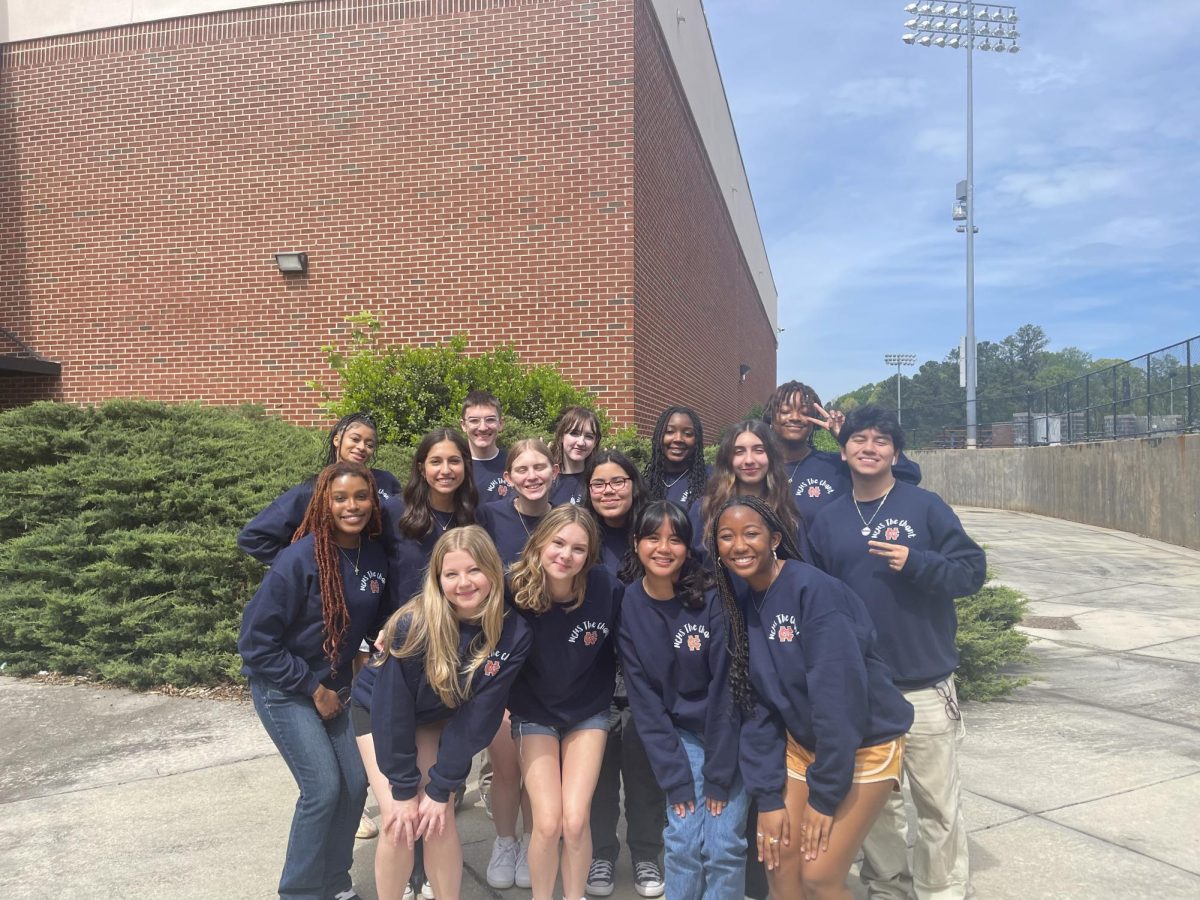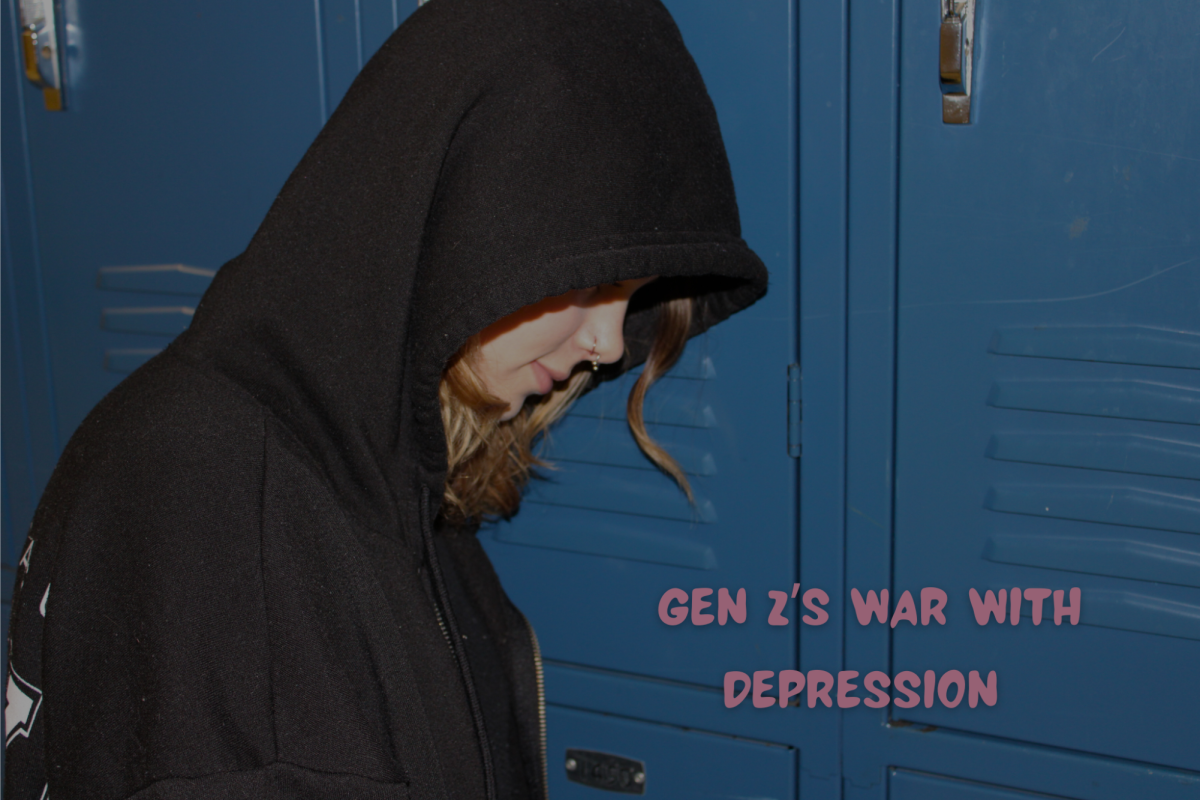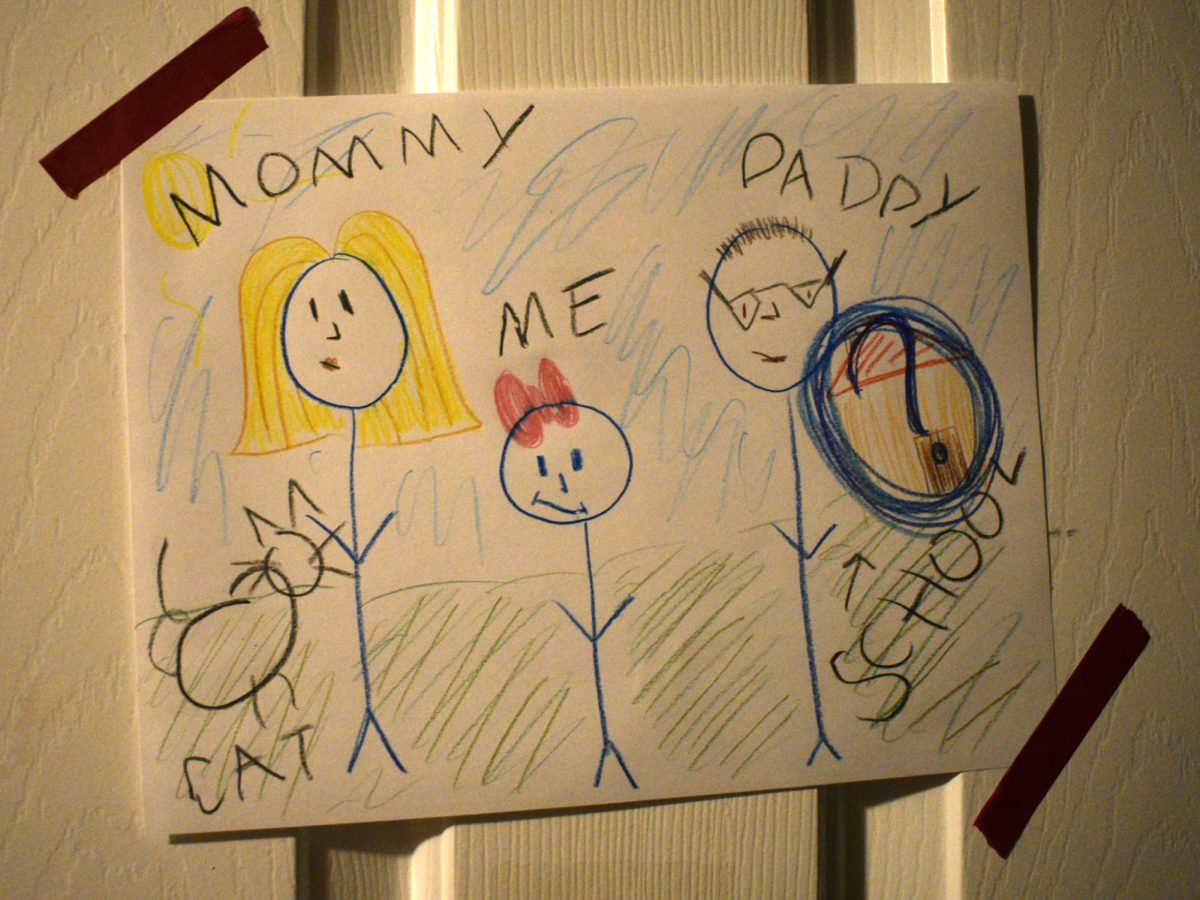April 8, 2024, The United States, Mexico and Canada witnessed a total solar eclipse. Millions of people gathered on parks, beaches and school campuses to witness the 2024 Great American Solar Eclipse. While states such as Texas, Oklahoma, Arkansas, Missouri, Illinois, New York, New Hampshire and Maine received the best view of the total eclipse, Georgians still gathered to capture the Great American partial eclipse.
A solar eclipse occurs when the Moon passes between the Sun and Earth. As a result of the Moon completely or partially blocking the Sun, the sky darkens as if dusk has come about. The last Solar eclipse appeared in 2017 when states such as Oregon, Idaho, Montana, Wyoming, Nebraska, Kansas, Missouri, Illinois, Kentucky, Tennessee, North Carolina, Georgia and South Carolina experienced a total eclipse, and other states experienced a partial eclipse.
“I don’t really remember the solar eclipse in 2017 but I do know that my elementary school did not allow students to go watch it. So, it was fascinating to be able to see the environment around me get darker as the moon almost fully covered the sun. It was a very captivating three hours,” NC magnet junior Isabella Alves said.
To predict the eclipse, astronomers mathematically determine how Earth and the Moon orbit the Sun with the influence of gravitational forces. Scientists eventually weave in the current positions of the Earth and the Moon into complex equations and calculate the relative positions of the Moon and Sun from the vantage point of Earth. The Saros Series refers to a period of 223 lunar months that predicts eclipses for thousands of years. Exactly 9 years, 5.5 days after any lunar eclipse, a solar eclipse will occur.
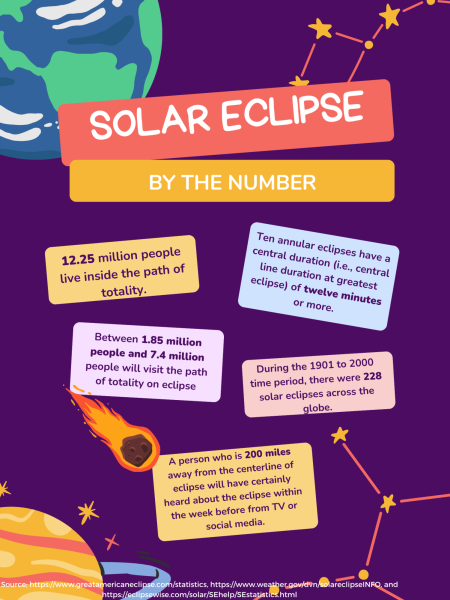
With an 81% totality in Georgia, the sky darkened shortly after 3 pm, also marking the time when the eclipse appeared the most prominent in the Peach State. In Atlanta and Metro Atlanta, the sky appeared mostly clear, but in the northwestern part of the state, clouds covered 30% to 70% of the sky. While schools in Metro Atlanta continued lessons Monday, Cobb County schools released students at all three grade levels early before the eclipse window began. To allow families of Cobb County the chance to view the eclipse, West Cobb Regional Library held a Solar Eclipse viewing from 1:45 p.m. to 4:00 p.m. where they gave families solar eclipse glasses and allowed kids to make crafts such as solar eclipse bracelets that change colors and eclipse chalk art.
“I spent the solar eclipse yesterday at the park with my boyfriend. We got snow cones and then we went to the park to watch the solar eclipse. I was able to see the moon pass in front of the sun with the glasses. I was excited to have a day off of school, especially since spring break just ended,” Alves said.
When viewing the solar eclipse, The National Aeronautics and Space Administration(NASA) recommends that people wear specialized Eclipse glasses because the solar rays can burn through the lens and cause a serious eye injury. According to NASA, eclipse glasses must comply with the ISO 12312-2 international safety standard, and should have an “ISO” label printed on them to show they comply. When the moon completely blocks the sun, people can take off the glasses, but even when the sun partially shows, people must keep the specialized glasses on.
Now that the 2024 eclipse has come to an end, the nonprofit group Astronomers Without Borders (AWB) has partnered with libraries, schools, museums, businesses and other organizations across the U.S. and Canada to collect and recycle gently used eclipse-viewing glasses and other glasses will reach the hands of people in underserved communities for future solar eclipses. People in North America should not expect to see another Solar Eclipse until August 23, 2044.
.








